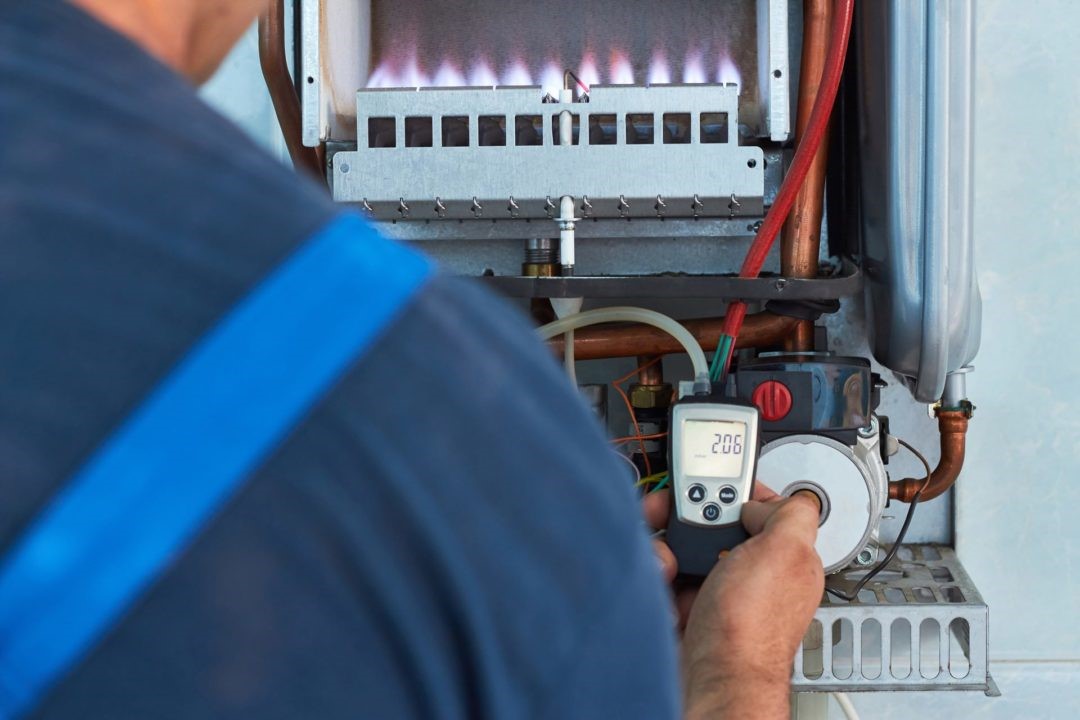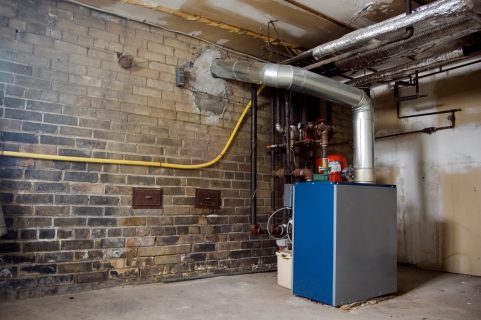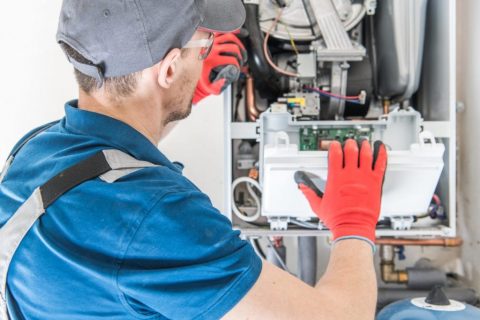Are you planning to purchase a new furnace? If so, you should consider your options carefully prior to selecting a model.
There is a large number of models differing in energy source, size, and features. Whichever unit you choose, it has to be installed properly to provide the expected comfort, energy efficiency, and safety.
The installation of heating units isn’t straightforward but complicated. Therefore, homeowners in Boise are discouraged from performing it on their own.
Gain insight into the most popular types and features of furnaces and the furnace installation process.
Types
Prior to installing a furnace, homeowners in Boise, Idaho, are supposed to choose between two types of heating systems, forced air and radiant. The former relies on ductwork to blow the warm air, whereas the latter relies on boilers, sending heated water through pipes to reach radiators. The radiators emit heat in the rooms where they are installed. They can also heat floors if hot water tubes are already installed underneath the floor.
Regarding the energy source, residents of Boise can choose between electric, gas, and oil models. For instance, electric models are the perfect choice in areas where winters aren’t intense. The upfront costs for these furnaces are the lowest, compared to the operation costs, which are relatively high. Anyhow, electric models are considered energy-efficient, only in regions where temperatures don’t reach much below zero. Read here about the history of electric furnaces.
Another advantage of electric furnaces is their small size and convenience regarding installation. There are no special requirements regarding piping or venting, whereas their lifespan is between fifteen and twenty years. In contrast, gas models are suitable for regions where winters are harsh. The upfront cost for these models is high compared to the electric, but the operating costs on a monthly basis are low.
In terms of efficiency, gas models are known to be efficient, meaning they heat homes quickly. Nevertheless, these include extra costs for installation, replacement, and maintenance, such as annual inspections or ductwork cleaning. Another furnace type appropriate for harsh winters is the one operating on oil. These models were more popular in the past, but their popularity ceased due to the high volatility of oil prices.
Homeowners still interested in investing in an oil furnace need to purchase a fuel storage tank as well, which imposes both space and additional cost considerations. Nevertheless, once the tank is filled, there are no operating costs every month.
Features
Besides the energy source, Boise homeowners are advised to consider several features when shopping for a furnace. For example, the unit you purchase is expected to have the necessary BTU capacity for your house, between thirty and sixty BTUs per square foot. The exact number of BTUs is influenced by the climate and the age of your residence. A larger unit is always better than a unit of a smaller size.
Furthermore, the AFUE (Annual Fuel Utilization Efficiency) rating should be considered as well. This rating measures the energy efficiency at which furnaces convert the source of fuel into heat in the course of a year. Furnace professionals in Boise, like https://gobutlerheating.com/furnace-repair-boise-id/, help homeowners select the right heating system. A model with an AFUE rating of 90% means that 90% of the energy is transformed to heat, while the other ten percent are lost either through the chimney or elsewhere.
In addition, you’ll need a professional to perform a load calculation to select the best model. A large number of factors are taken into account, such as the location, the foundation type, house size, window type, etc. New furnaces should have a warranty between five and ten years, depending on the brand. Extended warranties are also available at an extra fee.
Installation steps
Furnace Installation is considered complicated due to the various components involved in it, including plumbing, ducting, and electrical components, which require expertise and special tools. Consequently, the installation should be conducted by specialists.
The first step is choosing the right location for installing the unit, which adheres to the specifications provided by the manufacturer. There are specific requirements for ventilation and clearance, which is why the designated area should be cleaned of debris and dust. Boise homeowners planning to install the furnace in their basements should put the unit on blocks, a minimum of four inches from the ground. This step is necessary to prevent flooding.
Moreover, some models are equipped with rubber isolation pads, whose job is to reduce the noise. If your unit comes with no rubber pads, remember to purchase some. Once the location is chosen, the next step is deciding on the location of the return air duct and condensate drain. The former is either placed on the side or bottom of the device. Professionals are knowledgeable in terms of selecting the right location of the duct and drain.
The following step involves connecting the unit to the ducting system. The connections should be sealed with a duct sealant or metal foil tape. Then, it should be connected with the exhaust pipes at a specific angle leaned towards the unit for the condensation to drain safely. Afterward, the unit should be connected to the gas supply while ensuring there are no leaks.
The next step is connecting the furnace to the electrical supply. There are two connections to consider, a line and low voltage. A professional would know how to make the connection without looking at the instruction manual. The final connection to be made is the condensate drain, referring to a hose that passes through a hole in the floor of the basement. The installation is completed by switching the unit on and running a heating cycle to verify if the gas supply and draining are installed properly.
The bottom line
Furnace Installation is a piece of cake for professionals, but it can be a nightmare for homeowners.
Save yourself from unnecessary trouble!



